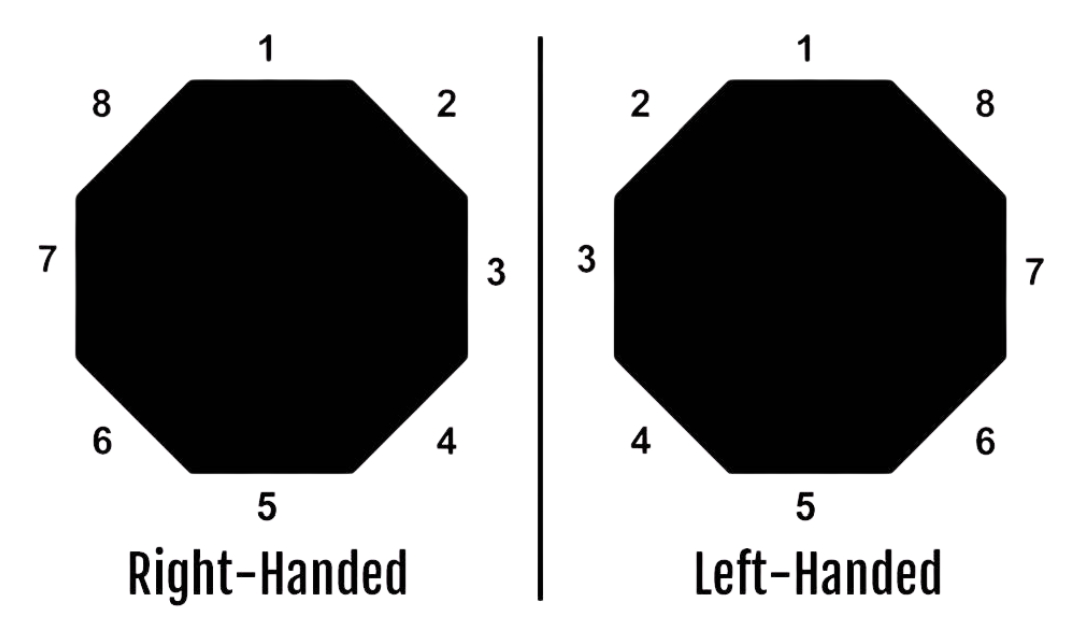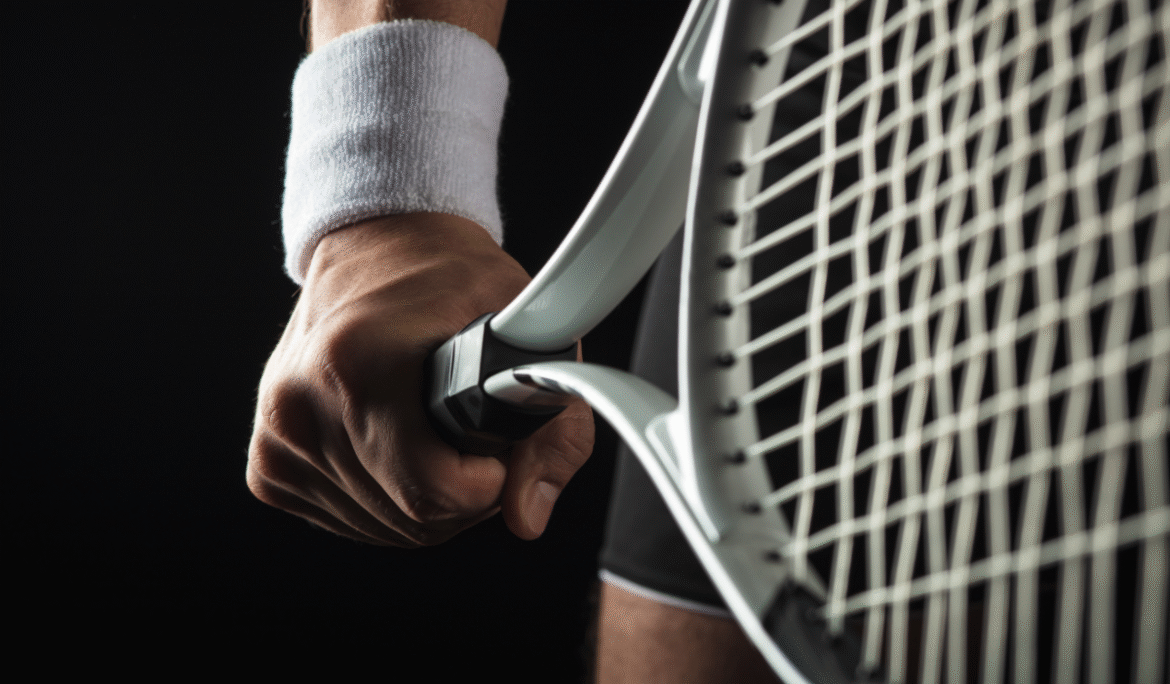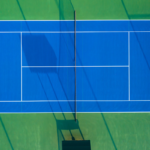How to Hold a Tennis Racket Correctly
The first thing you should know if you are a beginner in tennis is how to hold a tennis racket properly. Although it appears to be a rather simple thing, your grip plays an important part in the power, control and consistency your shots hit. Inadequate gripping skills can result in inferior performance over time it may also cause injury.
In the following guide for beginners, we’ll cover the kinds of grips, how to use them, the science and techniques behind them, and tips for building the right form.
Why the Grip Matters in Tennis
Your grip is your first point of contact on the racket — and through the racket, on the ball itself. A proper grip affects:
- Control and accuracy of shots
- Power and spin generation
- Injury prevention (wrist and elbow in particular).
- Rapid forehand to backhand changes of direction
Skilled players have been known to adjust grip angles depending on playing conditions, such as a court surface or style of opponent. Finally, the right beginning foundation will help you to develop your playing.
Understanding Tennis Racket Anatomy
Before discussing grip types, it’s important to understand the racket handle bevels. Most racket handles are octagonal, and each edge or flat surface is called a bevel (numbered 1 to 8).
Knowing the bevel positions helps you learn where to place the base knuckle of your index finger and heel pad.

1. The Eastern Grip
Best for: Beginners, flat shots, moderate topspin
- Forehand: Set your Index Finger Base Knuckle on bevel 3
- Backhand: Bevel 1; One hand (single-handed) or Bevel 1; Bottom hand; (two-handed).
✅ Pros:
- Easy to learn
- Good for flat, powerful shots
- Versatile across court surfaces
❌ Cons:
- Limited topspin
- Limited control on high bouncing balls
2. The Semi-Western Grip
Best for: Intermediate players, topspin
- Forehand: Base knuckle on bevel 4.
✅ Pros:
- Generates more topspin
- Good for modern baseline game
❌ Cons:
- Can be hard to hit low balls
- Not ideal for serve-and-volley players
3. The Western Grip
Best for: Advanced topspin hitters
- Forehand: Base knuckle on bevel 5.
✅ Pros:
- Excellent topspin
- Great for clay court players
❌ Cons:
- Difficult for low balls
- Requires good footwork
4. The Continental Grip
Best for: Serves, volleys, slices
- Hold bevel 2
This grip is rarely used for groundstrokes today but is essential for overhead shots.
✅ Pros:
- Effective for net play
- Ideal for serve-and-volley game
How to Find Your Grip
The Handshake Trick:
- Grip the racket with your non-dominant hand so that its face is at a right angle to the ground.
- “Shake hands” with the grip.
- Cling to an Eastern grip Just place your index knuckle where your index knuckle is: Eastern grip, right there
Common Beginner Grip Mistakes
- Gripping too hard: Leads to wrist stiffness and bad shot feel
- Incorrect Bevel direction: Causes to hit mistrokes!
- Changing grips too late: Decrease of reaction time and repeatability
- Failure to make any adjustments for type of shot, e.g., the same grip for volleys and groundstrokes
Real-Life Example
A beginner at Infinity Racquet Club was struggling with inconsistent shots and wrist pain. A quick grip correction—from a hybrid Western to Eastern—improved his control dramatically. Within 2 weeks, his coach noticed a 35% increase in forehand consistency and reduced fatigue after matches.
Pro Tips from Coaches
- “Focus on grip pressure: Think firm but not tense.” — Coach Aisha, Infinity Racquet Club
- “Don’t skip grip drills—they train muscle memory and consistency.” — Coach Marc, USTA Certified
Advanced Grip Considerations
As you progress:
- Learn grip transitions (e.g., Eastern to Continental for net approaches)
- Practice grip changes during shadow swings
- Use overgrips to adjust grip thickness for comfort
How to Practice Holding the Racket
- Use mirror drills to check grip
- Hit soft forehands and backhands with proper grip
- Record yourself and compare to pros
- Ask your coach for feedback
FAQs
Q: Can I use one grip for everything?
A: Not effectively. Most players use different grips for forehands, backhands, and serves.
Q: How tight should I hold the racket?
A: Firm enough to control the racket, loose enough to allow wrist mobility.
Q: How do I stop my grip from slipping?
A: Use a tacky overgrip and keep your hands dry. Consider wristbands in humid weather.
Conclusion: Master the Grip, Master Your Game
Your grip forms the foundation of every tennis shot. Learning how to hold a tennis racket correctly improves not only your consistency but also your long-term development.
Focus on one grip at a time, practice consistently, and always seek feedback from coaches or seasoned players. With the right grip, you’re already on your way to becoming a stronger, smarter tennis player.
CTA: Want personalized grip training? Book a session at Infinity Racquet Club and start playing smarter.







